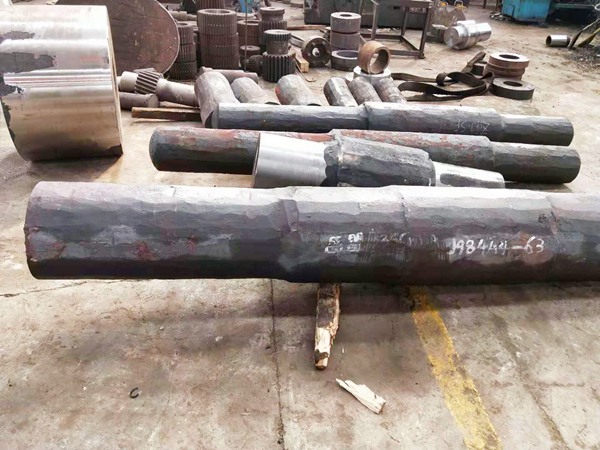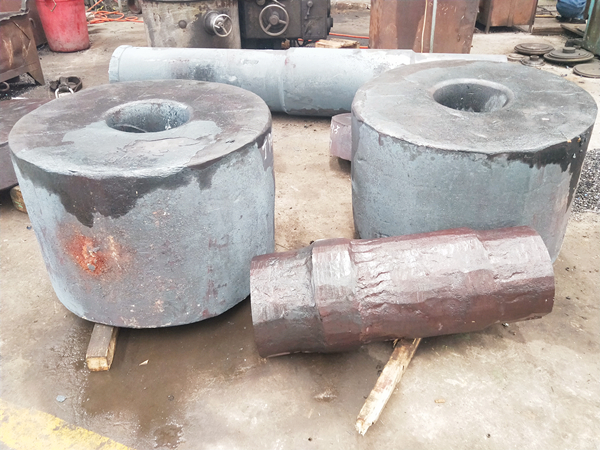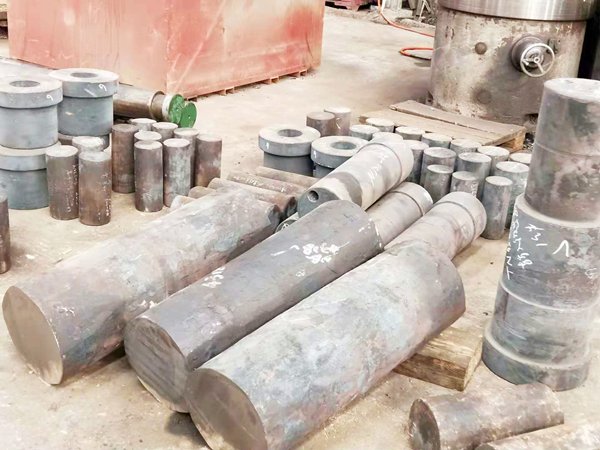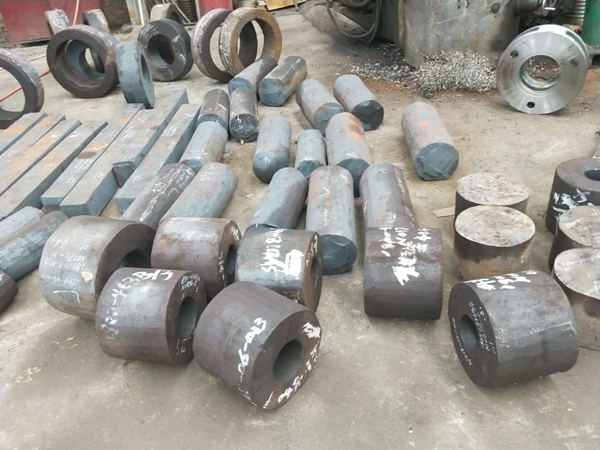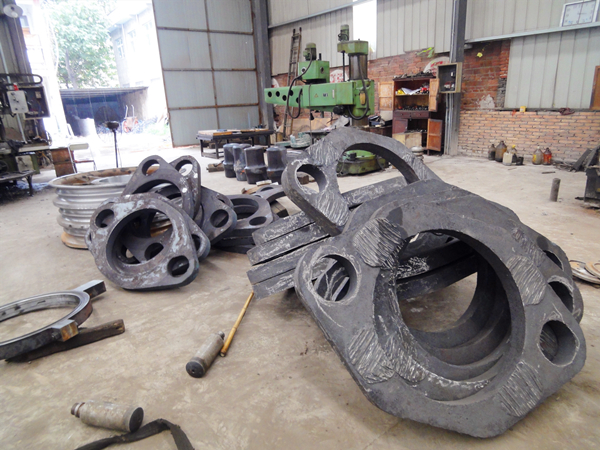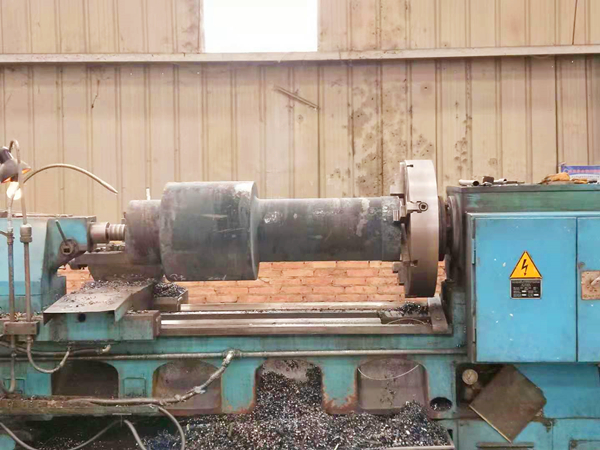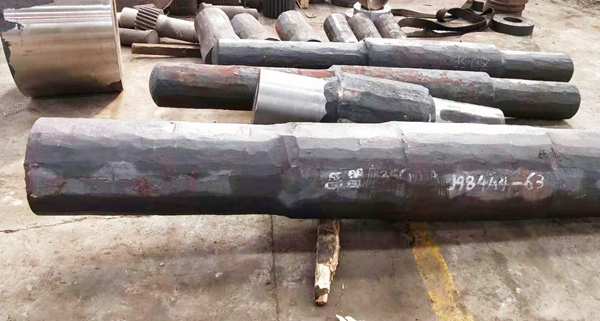What is the difference between casting and forging?
Casting is the process where metal is heated until molten. While in the molten or liquid state it is poured into a mold or vessel to create a desired shape.
Forging is the application of thermal and mechanical energy to steel billets or ingots to cause the material to change shape while in a solid state.
Why use castings?
Castings is used for a wide range of wearparts and components that are too large, complicated, intricate or otherwise unsuitable for the forging process. We can machine casting parts up to 50Tons.
Castings is used for a wide range of wearparts and components that are too large, complicated, intricate or otherwise unsuitable for the forging process. We can machine casting parts up to 50Tons.
Our common casting products includes girth gear/gear rim, ball mill bearing housing, ball mill head end cup, rotary kiln support roller, rotary kiln tyre, hollow shaft, worm wheel and etc.
The advantages of casting include:
No real upper size limit in casting weight
Large range of alloy choices
As forgings remain solid, custom alloys are far more difficult to get into production whereas with casting, alloys including Chrome, Nickel and Moly can be added at the molten stage.
Tooling is often less expensive than forge dies
Smaller production “runs” required
Complicated/complex parts are no problem
For large and complex components – casting is a fantastic method of manufacture.
No real upper size limit in casting weight
Large range of alloy choices
As forgings remain solid, custom alloys are far more difficult to get into production whereas with casting, alloys including Chrome, Nickel and Moly can be added at the molten stage.
Tooling is often less expensive than forge dies
Smaller production “runs” required
Complicated/complex parts are no problem
For large and complex components – casting is a fantastic method of manufacture.
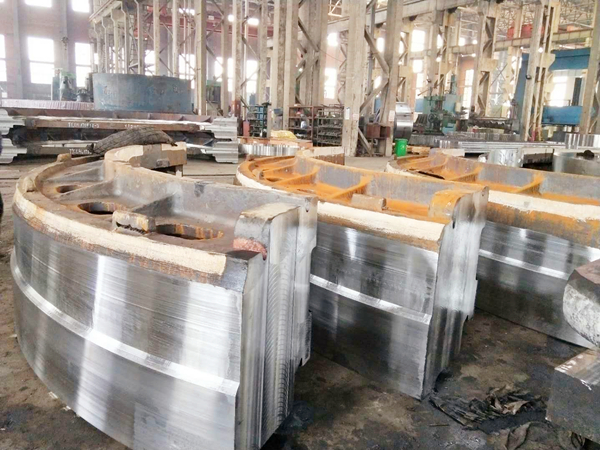
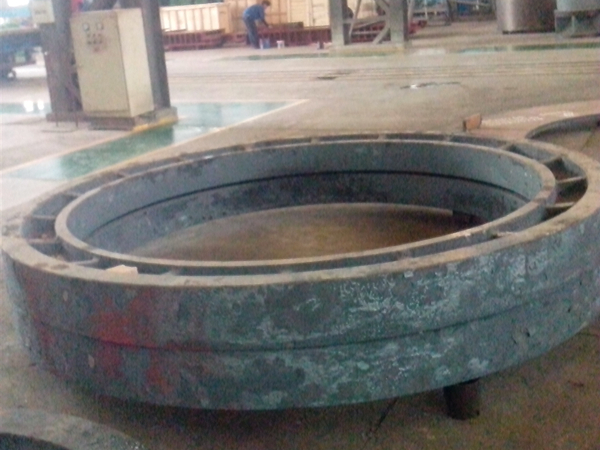

Why use forgings?
Forging offers uniformity of composition and structure. Forging results in metallurgical recrystalisation and grain
refinement as a result of the thermal cycle and deformation process. This strengthens the resulting steel product particularly in terms of impact and shear strength.
Forging offers uniformity of composition and structure. Forging results in metallurgical recrystalisation and grain
refinement as a result of the thermal cycle and deformation process. This strengthens the resulting steel product particularly in terms of impact and shear strength.
Forged steel is generally stronger and more reliable than castings and plate steel due to the fact that the grain flows of the steel are altered, conforming to the shape of the part.
The advantages of forging includes:
Generally tougher than alternatives
Will handle impact better than castings
The nature of forging excludes the occurence of porosity, shrinkage, cavities and cold pour issues.
The tight grain structure of forgings making it mechanically strong. There is less need for expensive alloys to attain high strength components.
The tight grain structure offers great wear resistance.
Generally tougher than alternatives
Will handle impact better than castings
The nature of forging excludes the occurence of porosity, shrinkage, cavities and cold pour issues.
The tight grain structure of forgings making it mechanically strong. There is less need for expensive alloys to attain high strength components.
The tight grain structure offers great wear resistance.
Our main forging products include different types of gear wheel and shaft/gearshaft.
